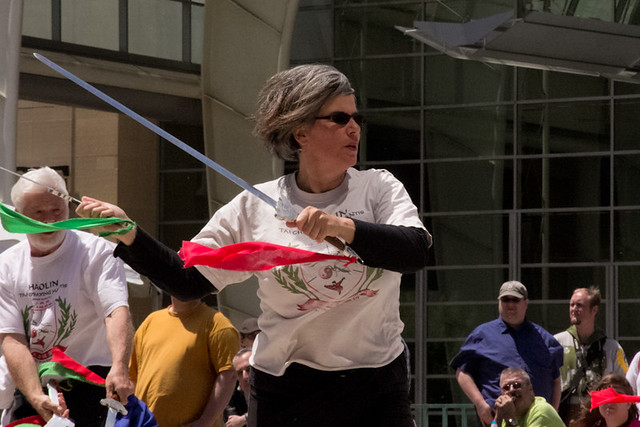Join me as we walk along the beach while listening to the sounds of waves splash about as we move ahead. Oh so peaceful. Wouldn’t it be nice to have that all the time? Letting go of the worries that keep you down is a guaranteed way to relieve stress and move to guided relaxation. You can walk along that beach anytime you choose. There are videos and CDs with the sounds of the ocean playing on the track, and the videotapes has coaches to help with learning to do this. You can use the guides as a tool to reach your guided relaxation stage.
 |
| Stressed and worried (Photo credit: Wikipedia) |
What is stress and tension?
Stress and tension is bad for your health as well as your mind. Stress is very controlling and will control your mind and make you go into a deep depression then you will have to get medical altercation as well as mentally attendee. Medically there is a lot that can go wrong, as well. Some of things that go wrong is you get high blood pressure, aches and pains, headaches, as well maybe you can have a heart attach or even a stroke.
Where can I get the information I need to get help?
Dealing with stress and tension is easy nowadays. You can find many helpful guides that teach you how to relax. However, you have to try some things to see if they will work for you. Everyone is different so it depends on you as a person. Some of things that you might want to try are hot baths, spas, scented candles, aromatherapy; yoga is good for you to do as well.
Yoga is a self-teaching program that you can get the information out of a book or some form of videos. It is good for your health as well as your mind. Yoga is good for your mind it helps you to learn how to control your thoughts and breathing in which this will help you to relax all parts of your body. Some places that you can get this information is at your local store or sometimes you can go to your local family dollar or Wal-Mart they have spots that you can go to see if they have what you need. If you are unable to find what you need, you may want to visit sites that you can go to on the Internet to get information on relaxing.
Some people take stress better then others. However, regardless stress is stress and no matter what it is not, it can affect your life dramatically. Before it is to late and it takes total control over you and your body do something now. For some people it comes natural to worry about many things then others.
For us that worry so much we need to manage our worries and allow room for peace. If you need to worry then make it wild and worry about something worth worrying about.
How to manage worry:
Worry is a mean mechanism that will only destroy you. If you take control of worries, you will soon see stress slow. Keep the golden rule in mind, i.e. sufficient for each day and you will learn to relax your worries. You can also use the guide to live one day at a time to relieve stress. You have many choices, and making those choices your own will guide you to relaxation. If you find it difficult to manage on your own, visit the Internet to open your mind to suggestions. When you have an open mind you will find your guided relaxation.























